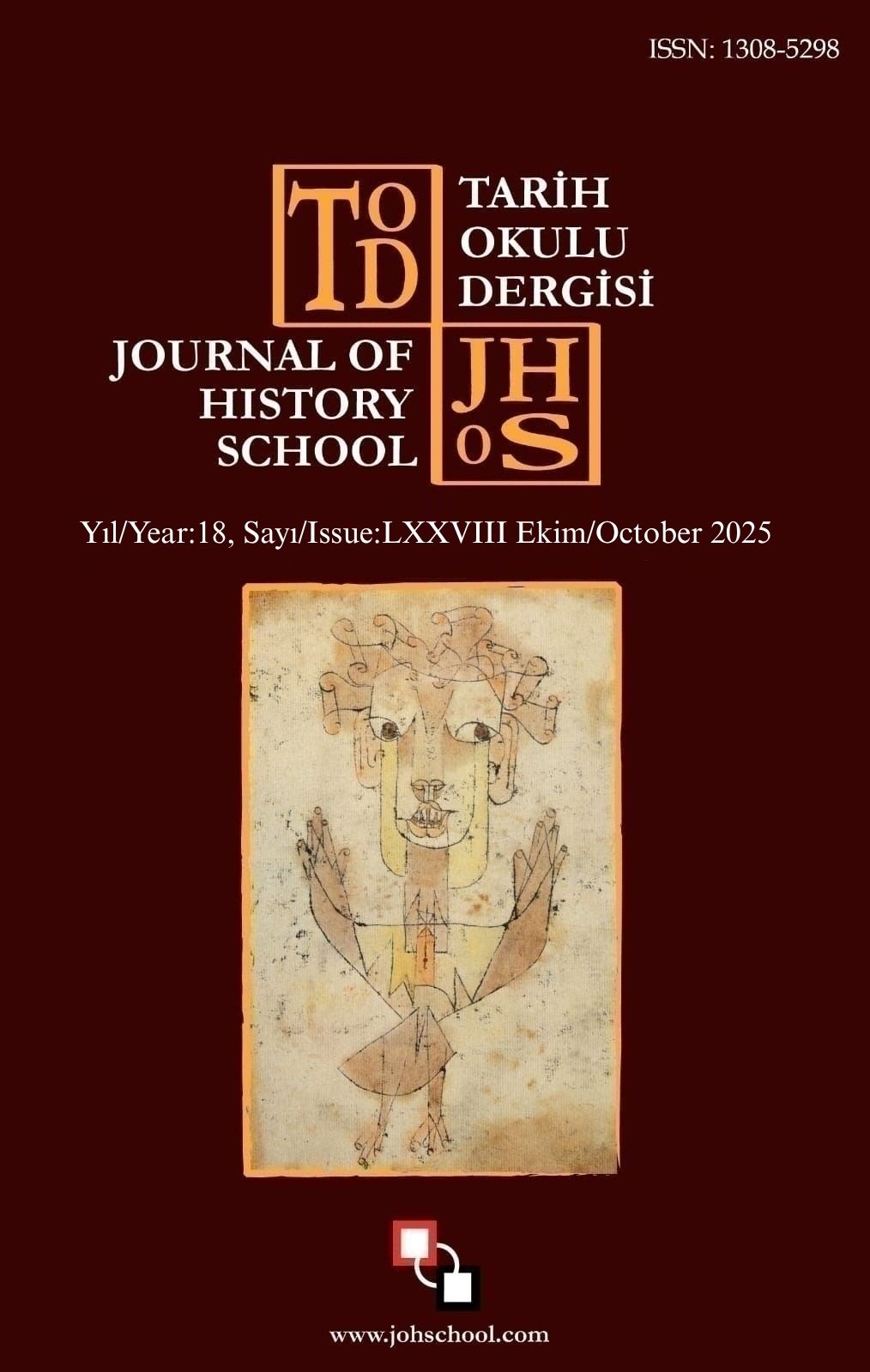Author :
Abstract
Metin incelemeleri, kendisini oluşturan dil birimlerinin yapı ve anlam bağları ile gerçekleştirilmektedir. Birimlerin yapı ve anlam bütünlüğü oluşturması sonucu, dilsel birliklerin teşekkülüyle kodlanan metin anlamına ulaşılmaktadır. Söz, söz öbeği ve tümcelerin bağlarıyla oluşan kodlar, bağdaşıklık ve tutarlılık ölçütleri kullanılarak çözümlenmektedir. Alan yazınında iletişim değerine göre belirlendiği ifade edilen metin anlamını bir bütünce olarak tasvir etmek için onu oluşturan iki temel ölçüt dikkate alınmaktadır: bağdaşıklık ve tutarlılık. Metnin anlam ve mantık bütünlüğünü ifade eden tutarlılık, alan yazınında metin ve okur merkezli olarak iki kategori hâlinde değerlendirilmiştir. Buna karşılık bağdaşıklık, metin içi bağlarla alakalı, iletişim ürününün metin olmasını sağlayan dille ilgili özelliklerin tamamıdır ve bu hâliyle metnin tutarlılığına yöneliktir. Bağdaşıklık genel manada dil bilgisine yönelik ve söz varlığına yönelik olmak üzere iki grupta ele alınmaktadır. Değiştirim kategorisi de bu kavramın bir alt başlığı olarak değerlendirilmekte; değiştirim ögeleri metinde bir adın, eylemin veya yargının yerini tutmasına göre tasnif edilmektedir. Bu araştırmanın amacı, Çağatay Türkçesiyle yazılmış mensur metinlerin bağdaşıklığına yönelik değiştirim kategorisinin kullanım biçimlerini tespit etmektir. Verilerin doküman incelemesi yöntemiyle toplandığı bu nitel araştırma durum çalışması olarak desenlenmiştir. Öyküleyici anlatımın ve diyalogların varlığı göz önünde bulundurularak çalışma kapsamında Çağatay Türkçesiyle yazılmış münazaralar, doküman olarak seçilmiştir. Klasik öncesi ve geç dönem Çağatay Türkçesinin dil özelliklerini yansıtan dört eser araştırmada incelenecek dokümanlardır: Yakînî’nin Ok Yaynın͡g Münazarası, Ahmedî’nin Telli Sazlar Münazarası, Yusuf Emiri’nin Beng ü Çagır Münazarası ve müellifi belli olmayan Mive Ceng Kitab - Meyveler Münazarası. Çağataycanın birbirinden uzak dönemlerinde yazılmış benzer metin türlerinde söylem biçiminin karşılaştırılması için bu üç eser seçilmiştir. Ayrıca diyalog esasında kurgulanmış metinler olması, doğal iletişime en yakın kurgusal metni sağlaması adına da münazara türü tercih edilmiştir.
Keywords
Abstract
In text analyses, the structural and semantic connections of the linguistic units that compose it are examined. As a result of the units forming structural and semantic integrity, the textual meaning encoded by the formation of linguistic unions is reached. The codes formed by the connections of words, phrases, and sentences are analyzed using cohesion and coherence criteria. To describe the textual meaning, which is stated to be determined according to its communicative value in the literature, as a corpus, two fundamental criteria that form it should be considered: cohesion and coherence. Coherence, which expresses the semantic and logical integrity of the text, has also been evaluated in two categories in the literature as text-centered and reader-centered. On the other hand, cohesion is related to intra-textual connections and encompasses all the linguistic features that make a communication product a text, and as such, it is oriented towards the coherence of the text. Cohesion is generally addressed in two groups: grammatical and lexical. The substitution category is also considered a subcategory of this concept; substitution elements are classified according to how they replace a noun, verb, or judgment in the text. The aim of this research is to determine the usage patterns of the substitution category for the cohesion of prose texts written in Chagatai Turkish. This qualitative research, where data was collected through document analysis, was designed as a case study. Considering the presence of narrative expression and dialogues, contests written in Chagatai Turkish were selected as documents within the scope of the study. Four works reflecting the linguistic features of pre-classical and late period Chagatai are the documents to be examined in the research: Yakînî's Ok Yaynın͡g Münazarası (Contest of Arrow and Bow), Ahmedî's Telli Sazlar Münazarası (Contest of Stringed Instruments), Yusuf Emiri’s Beng u Chagir Münazarası (Contest of Drugs and Drink) and the anonymous Mive Ceng Kitab-Meyveler Münazarası (Contest of Fruits). These three works were chosen to compare the discourse style in similar text types written in different periods of Chagatai. Additionally, the contest genre was preferred as it provides texts constructed on the basis of dialogue, offering the closest fictional text to natural communication.





